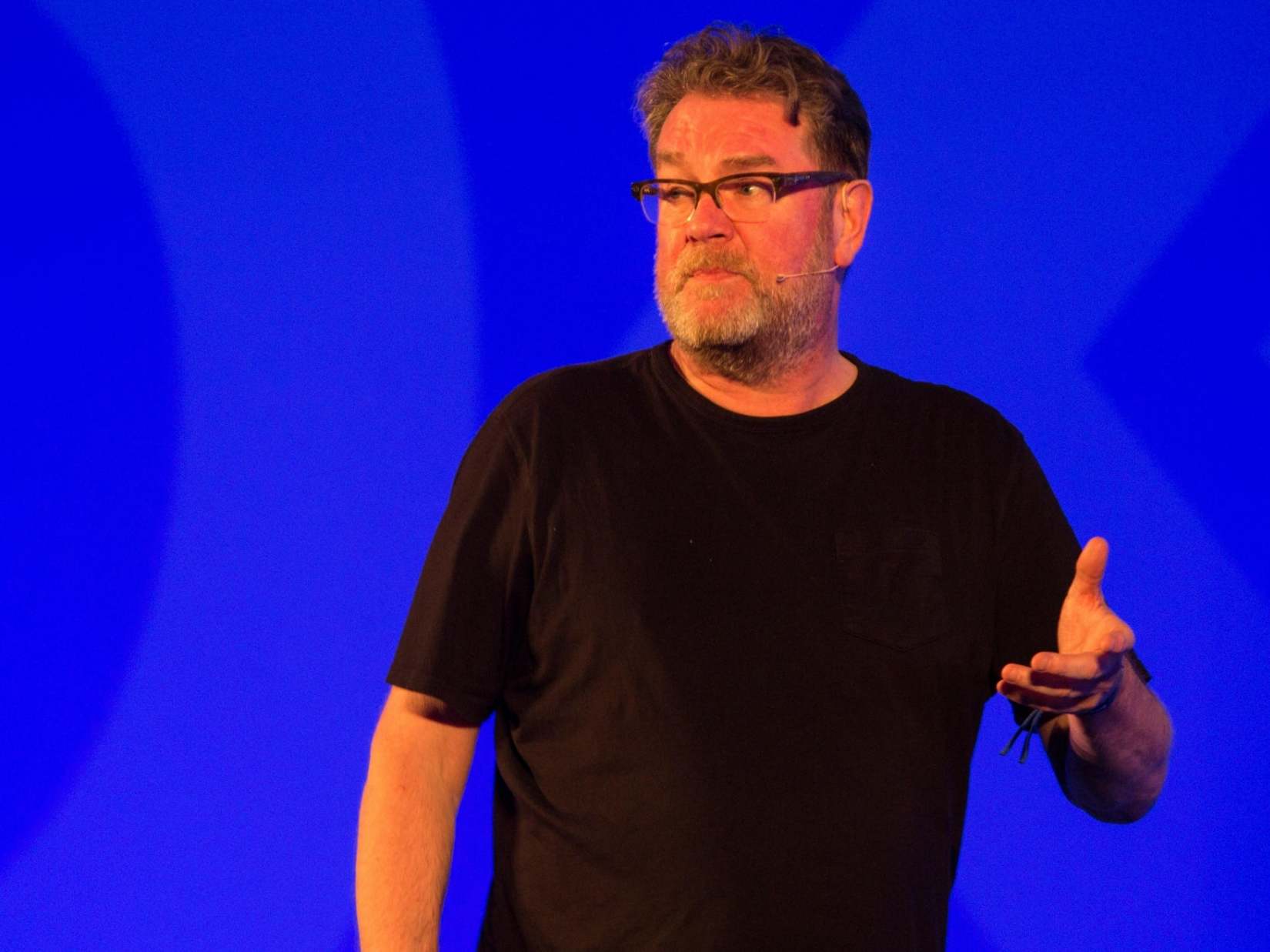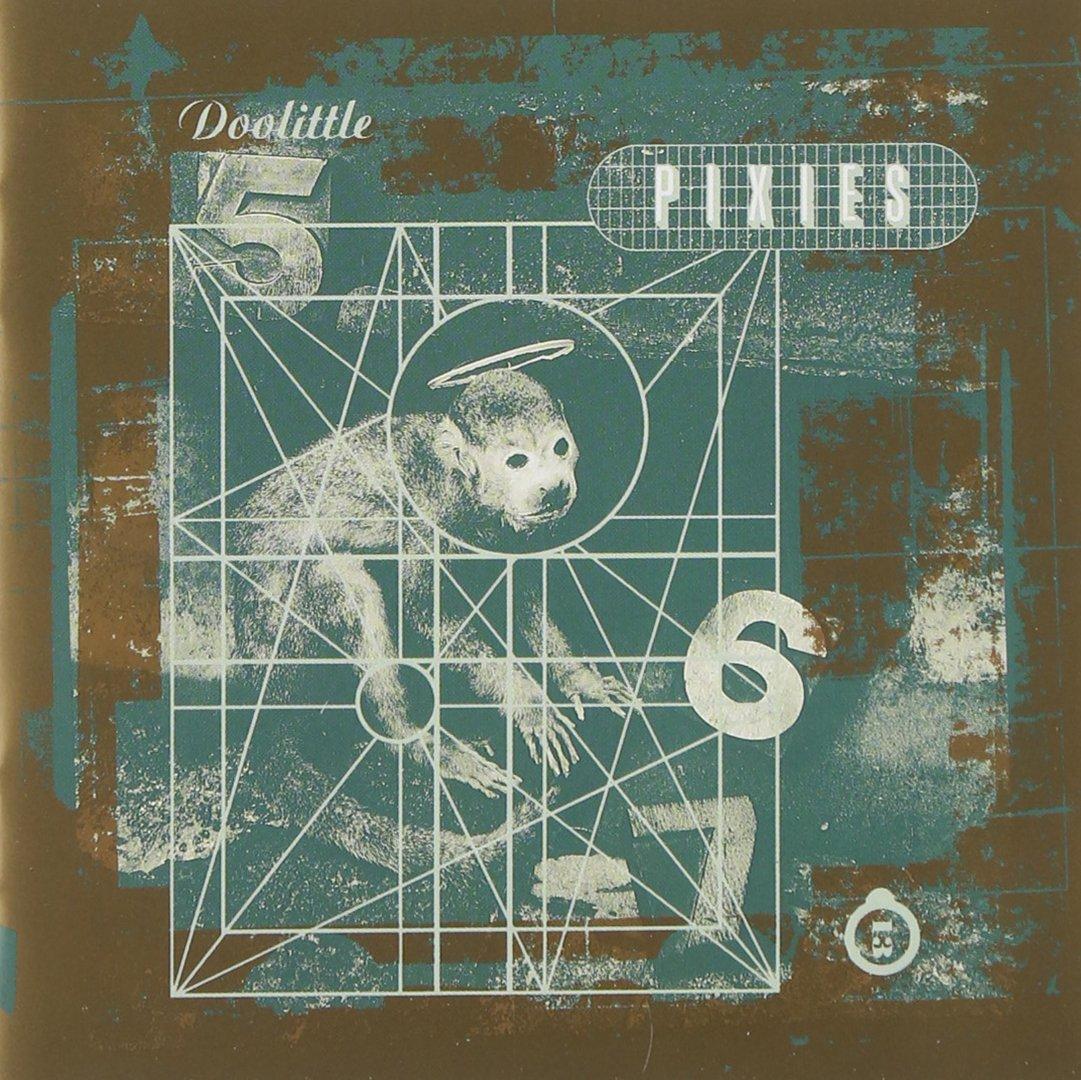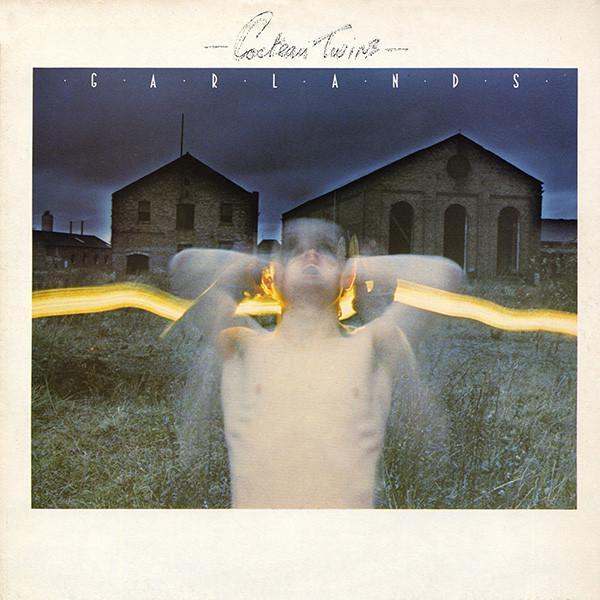Vaughan Oliver: Graphic designer whose album covers defined 1980s alternative music
His work for 4AD label acts – including the Birthday Party, Pixies and the Cocteau Twins – helped shape the aesthetic of post-punk rock

Your support helps us to tell the story
From reproductive rights to climate change to Big Tech, The Independent is on the ground when the story is developing. Whether it's investigating the financials of Elon Musk's pro-Trump PAC or producing our latest documentary, 'The A Word', which shines a light on the American women fighting for reproductive rights, we know how important it is to parse out the facts from the messaging.
At such a critical moment in US history, we need reporters on the ground. Your donation allows us to keep sending journalists to speak to both sides of the story.
The Independent is trusted by Americans across the entire political spectrum. And unlike many other quality news outlets, we choose not to lock Americans out of our reporting and analysis with paywalls. We believe quality journalism should be available to everyone, paid for by those who can afford it.
Your support makes all the difference.Graphic designer Vaughan Oliver, who has died after a long illness aged 62, helped to shape the aesthetic of 1980s-era post-punk music. From the Cocteau Twins’ Garlands in 1982 through to Pixies’ Doolittle in 1989, Oliver created some of the most striking album covers of that decade.
In 1980, freshly settled in London after growing up in the north, Oliver found himself the first employee of 4AD, an independent record label that was just getting started. He was 22-years-old with a huge passion for music and a very individual vision of how his graphic design skills could work at conveying the new rock music then being created in British cities. 4AD quickly scored with releases by Bauhaus, Modern English, the Birthday Party and Cocteau Twins, all dressed in Oliver sleeves.
Oliver listened closely to the music and created a graphic design aesthetic that, initially at least, favoured black and white photography and monochrome imagery. This ensured 4AD releases stood in stark contrast to the glossy album covers most record labels were employing. Not that Oliver was stuck with a single design idea: his use of typography, often layering different fonts and employing linear divisions across the album covers, was as striking as his ambient imagery and would prove influential.
Oliver quickly became seen as essential to 4AD’s success – his love of music ensured that he championed bands he believed should be on the label – and label founder Ivo Watts-Russell insisted the bands accepted his designs.
Oliver’s greatest success was with US rock band Pixies. This Boston quartet were far more abrasive and less goth than the bands with which he had made his name, yet Oliver created stunning album covers for their Surfer Rosa (1988) and Doolittle (1989) albums.
In the 1990s, CDs outselling LPs and Oliver admitted he never felt comfortable designing for the smaller format. Nevertheless he continued to do good work for 4AD and albums by the likes of Scott Walker and TV On The Radio benefited from his designs.

Oliver was born in Newton Aycliffe, County Durham, into a working-class family with little interest in the arts. The artist took refuge in music from a young age and was fascinated by the album covers of his favourite prog-rock bands. His won the Durham County Schools Art Prize then studied graphic design at Newcastle Polytechnic.
He later noted how his parents struggled to describe to neighbours what exactly Oliver was doing until he designed packaging for a light bulb. Oliver said of his upbringing: “There was no real culture, my parents were not really interested in anything unusual – everything I was getting was through record sleeves. It was a democratic way of discovering art.”
Oliver got his first big break designing a label for Heinz baked beans and shifted to London in the late 1970s, where a mix of luck and good timing found him at 4AD when the new label was willing to let him follow his design vision.

Changes in music across the 1990s would ensure that Oliver’s album covers were never again as influential as they once were but he continued to design – both for 4AD and on numerous freelance projects, including L’Oréal and the 2012 London Olympics Games. Oliver also directed TV adverts for Microsoft, Sony and Harrods. A lifelong Sunderland AFC fan, he designed the sleeve for the team’s first single when they reached the FA Cup final in 1992. A book of his work, Vaughan Oliver: Archive, was published in 2018.
He is survived by his wife Lee and two sons.
Vaughan William Oliver, designer, born 12 September 1957, died 29 December 2019
Join our commenting forum
Join thought-provoking conversations, follow other Independent readers and see their replies
Comments